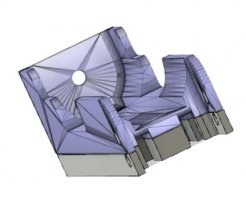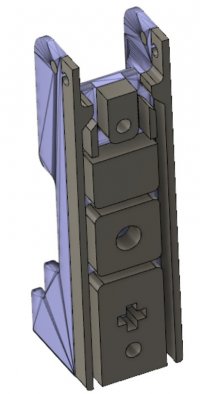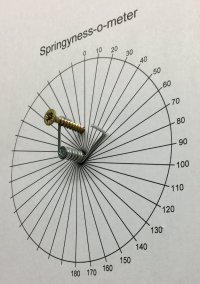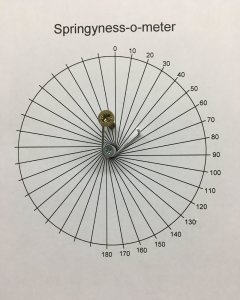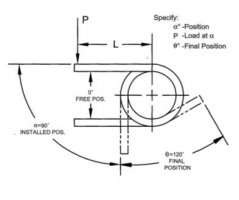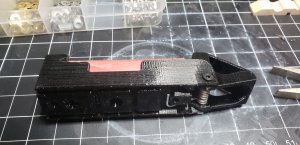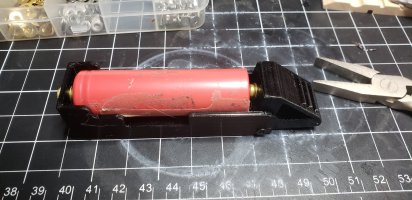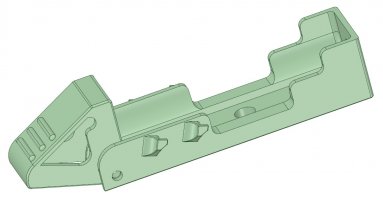Well, of all the directions this thread could go in, I would never have guessed spring physics would be one of them.

Fascinating stuff. You're forcing me to think hard about something I hadn't previously given too much thought to.
My Materials Technology classes were nearly 40 years ago, so I don't remember much, but one thing I do recall is that all materials have a yield point. If you stress a material below that point it will always return to its original shape when released and should be repeatable indefinitely.
The only exception being if there are flaws or inclusions in the material that concentrate the stress and lead to fatigue and eventual failure. But even that is still obeying the yield point limits since in reality the material around the localised stress point is being subjected to stresses that take the material beyond its yield point.
I totally get that a torsion spring would perform better when wound tighter compared to being unwound. The circumference of the outside is greater than the inside, so there is more material in tension and therefore more force and travel before the yield point is reached. So you can achieve your required spring force using less material using that configuration. (more spring for your buck).
chiphead said:
While you test certainly shows the spring returning to its starting position, there is no resistance to keep it from doing that. I believe if you had a load-cell measuring the clamping force, you would see diminishing force after flexing the spring in the uncoil.
I'm not sure I agree with that assessment. If the spring returns to its original position as in my test, then it has not experienced any deformation. For it to suffer gradual loss of tension, it would need to have deformed (exceeded its yield point) which would be evidenced by it failing to return to its starting point.
Chablis_m said:
Should design require that the torsion spring wind in the unwinding direction, maximum load should be and degrees of wind should be lowered.
I believe my springs are operating in this region. E.g. not ideal, but ok since I'm operating them with low deflection and accepting reduced force.
I pondered how best to use the springs before creating the design. I figured if I used them as is, they would need to be sprung quite a bit tighter to reach the 80 to 110 ish operating angle. I felt that the tension was way higher than required to achieve a decent contact pressure on the cell and would potentially lead to unnecessary stresses on the plastic parts. I concluded I would need to reform the spring even tighter to remove some of that tension. So, if I had to reform the springs anyway, I figured unwinding it and using it in the opposite direction gave several advantages:
- The tension was reduced to a more acceptable level.
- The design was simplified since only a small clearance was required under the main body to accommodate the lower hook.
- The core of the spring opened up just enough to accommodate a M3 thread, giving a larger bearing surface for the pivot, since a screw thread is far from an ideal bearing surface anyway, especially in plastic.
As I stated before though, I can only go by the springs I have, which clearly have very different characteristics to yours. I don't know it I was lucky and got the only ones in the world that are suitable, or you were unlucky and got the only ones that aren't. Unfortunately, even though 78 people (at time of writing) have downloaded the .STL files, no one else has come forward to report their experiences, good or bad, with their springs.
I've attached a new version for you to try, that should accept your springs unmodified. I managed to only increase the height by 4mm and the length by 1mm. And there doesn't seem to be a problem with clearance of the top hook like I thought there might be.
I printed one out just to check everything worked, and tested it with a fresh, unmodified spring. I then did a tension test so we have something to compare. With the unit screwed to a vertical surface and a chord pulling the lever at the location of the terminal screw required a weight of 3KG :exclamation: to pull the lever until it was 90 to the base.


